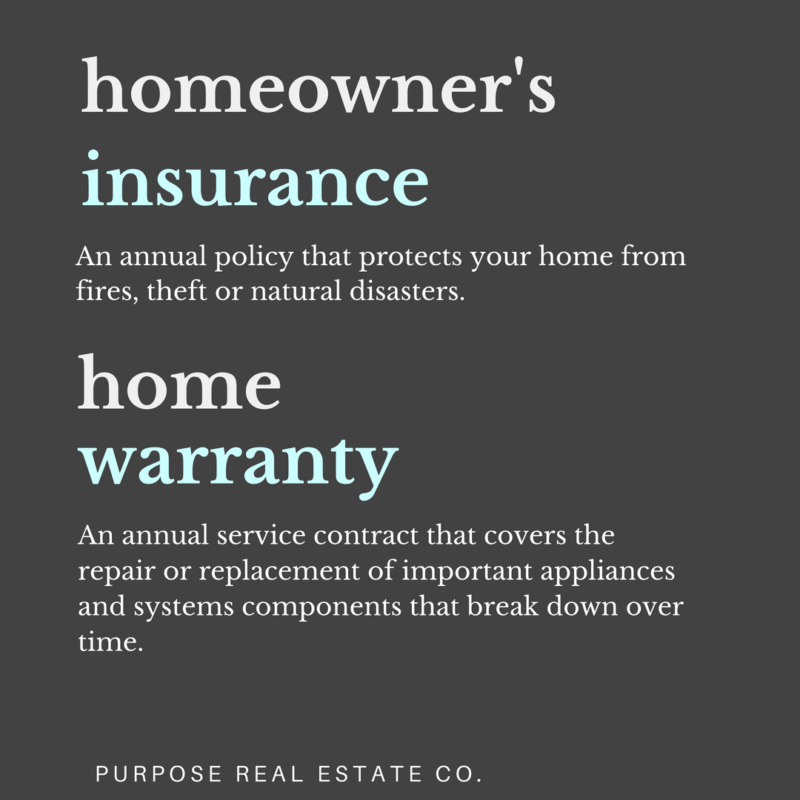Not known Details About Pacific Prime
Not known Details About Pacific Prime
Blog Article
Pacific Prime Things To Know Before You Get This
Table of ContentsUnknown Facts About Pacific PrimeSome Known Details About Pacific Prime Top Guidelines Of Pacific PrimePacific Prime for Dummies
In many states, the insurance company is called for to send you a copy of the adjustments to your policy. It is essential that you read Endorsements or Riders so you comprehend exactly how your policy has actually transformed and if the policy is still adequate to satisfy your demands. To acquire a duplicate of your insurance coverage policy, please contact your insurance policy representative or firm.
The Institute of Medicine (IOM) Committee on the Repercussions of Uninsurance launches an extended evaluation of evidence that addresses the relevance of medical insurance protection with the publication of this report. Protection Matters is the first in a series of 6 records that will be provided over the following 2 years recording the fact and consequences of having an estimated 40 million people in the United States without medical insurance coverage.

A Biased View of Pacific Prime
The goal of this collection of research studies is to refocus policy interest on a historical problem. Adhering to the longest financial development in American background, in 1999, an approximated one out of every 6 Americans32 million grownups under the age of 65 and even more than 10 million childrenremains uninsured (Mills, 2000).

10 percent of the populace make up 70 percent of wellness care expenditures, a relationship that has continued to be consistent over the past 3 years (Berk and Monheit, 2001) - global health insurance. Thus health and wellness insurance coverage proceeds to offer the feature of spreading out danger also as it significantly funds regular treatment. From the viewpoint of wellness care companies, insurance carried by their patients helps protect an earnings stream, and neighborhoods take advantage of monetarily sensible and secure healthcare practitioners and establishments
Government gives medical insurance to populations whom the exclusive market might not serve successfully, such as impaired and senior citizens, and populaces whose accessibility to healthcare is socially valued, such as youngsters and pregnant ladies. The best ends of wellness insurance policy coverage for the specific and communities, including workplace areas of employees and employers, are boosted health outcomes and quality of life.
Rumored Buzz on Pacific Prime
Employees rate wellness insurance first without a doubt in relevance among all the advantages provided in the office (Salisbury, 2001). Although there have been sizable financial investments of personal and public funds to offer wellness insurance coverage, numerous individuals still have no coverage. In spite of considerable coverage of survey searchings for and healthcare research study results, the public stays confused and misinformed regarding Americans without health insurance and the ramifications of doing not have insurance coverage.

Without question, the intricacy of American healthcare funding systems and the wealth of resources of info contribute to the general public's confusion and skepticism concerning medical insurance data and their analysis. This report and those that will adhere to objective to boil down and present in conveniently easy to understand terms the substantial research study that bears upon concerns of wellness insurance coverage and its significance.
Fifty-seven percent of Americans surveyed in 1999 thought that those without Our site medical insurance are "able to obtain the treatment they require from medical professionals and hospitals" (Blendon et al., 1999, p. 207). In 1993, when national interest was focused on the issues of the uninsured and on pending healthcare legislation, just 43 percent of those polled held this belief (Blendon et al., 1999).

They also obtain fewer preventative solutions and are much less likely to have normal care for chronic problems such as hypertension and diabetes. Chronic illness can lead to costly and disabling issues if they are not well taken care of (Lurie et al., 1984; Lurie et al., 1986; Ayanian et al., 2000). One nationwide study asked greater than 3,400 adults concerning 15 very severe or morbid problems.
The 8-Second Trick For Pacific Prime
Additional proof exists later in this phase in the discussion of insurance coverage and access to healthcare. https://triberr.com/pacificpr1me. People without medical insurance are young and healthy and balanced and pick to go without coverage. Almost fifty percent (43 percent) of those evaluated in 2000 thought that people without medical insurance are much more most likely to have health and wellness problems than people with insurance
Voters and policy manufacturers in emphasis group conversations define those without insurance coverage as young individuals that have the possibility to be covered and feel they do not require it (Porter Novelli, 2001). Contrasted to those with a minimum of some personal coverage, the without insurance are much less most likely to report being in superb or excellent wellness (Firm for Health Care Research Study and High Quality, 2001).
SOURCE: Facility for Expense and Financing Studies, Agency for Healthcare Study and Quality, based upon MEPS data. Young person in between 19 and 34 are much more likely to lack medical insurance than any type of various other age group. This is chiefly due to the fact that they are much less commonly eligible for employment-based insurance policy as a result of the nature of their job or their short period in it.
The understanding that individuals without insurance coverage have better-than-average health and wellness follows from confusing the relatively young age account of the without insurance with the much better health and wellness, usually, of younger individuals. This obscures the web link between health condition and medical insurance. For those without access to work environment health insurance, poor health is a prospective barrier to acquiring nongroup protection since such coverage might be highly valued, omit pre-existing conditions, or be simply inaccessible.
Report this page